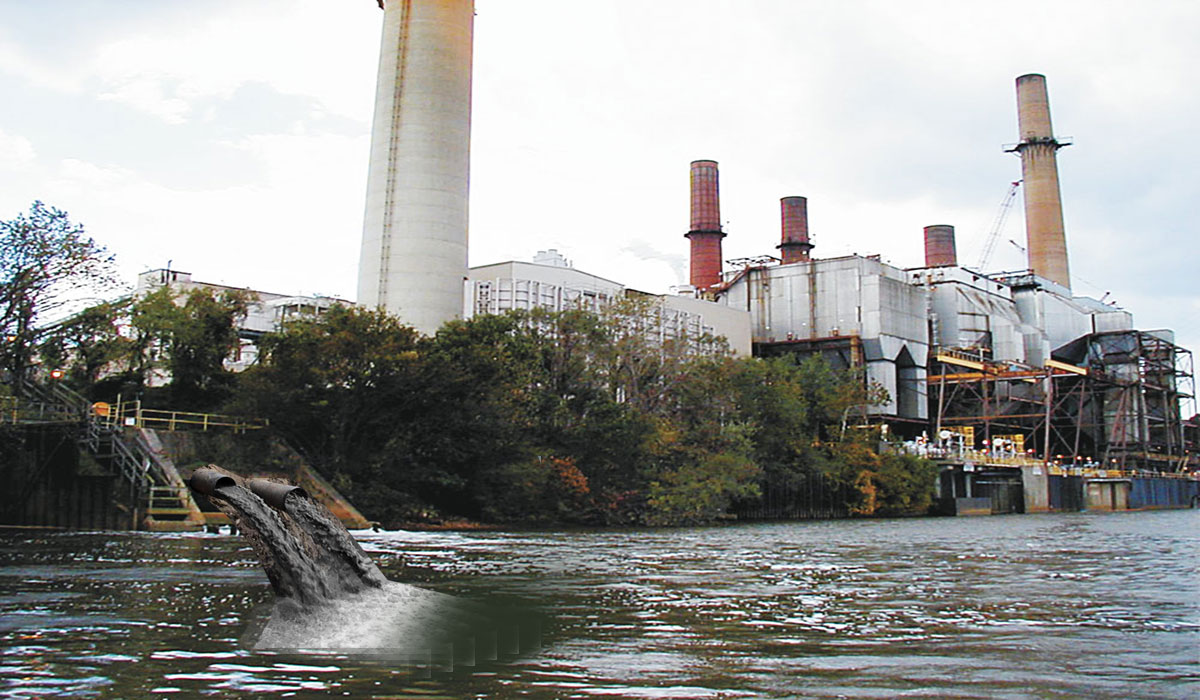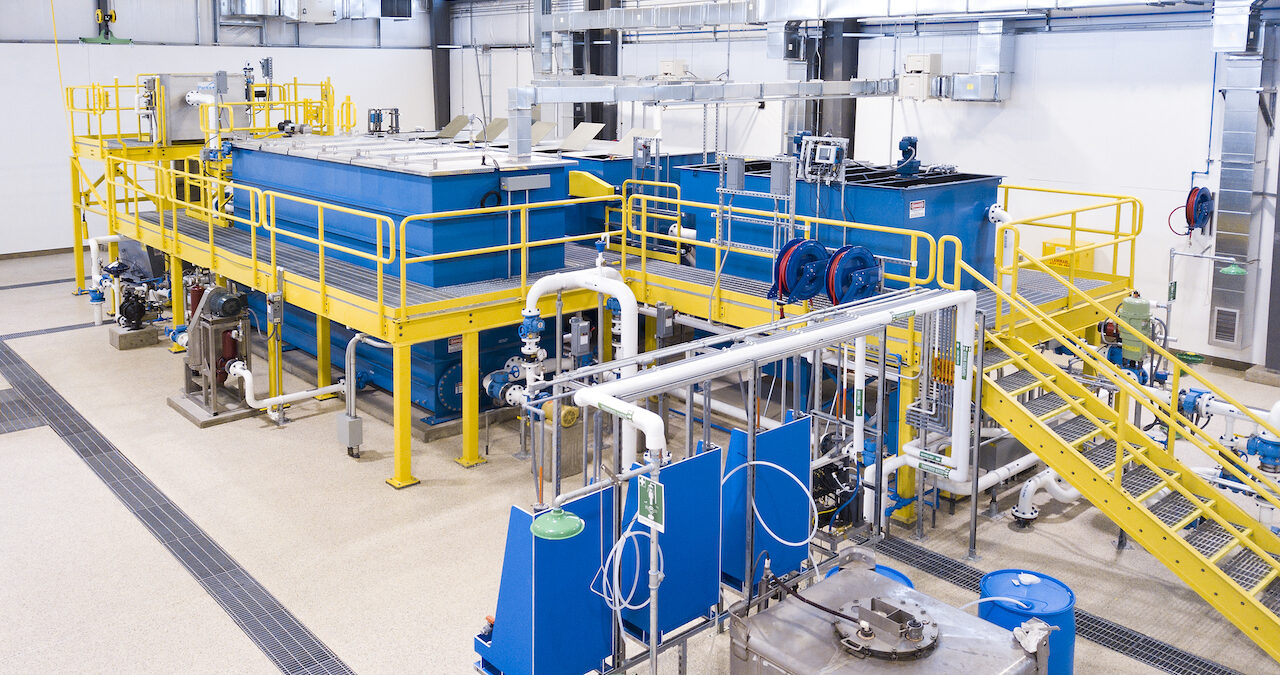Industrial Waste Water Treatment-- Protect the Environment with Professional Water Treatment Providers
Industrial Waste Water Treatment-- Protect the Environment with Professional Water Treatment Providers
Blog Article
Innovations and Advancements in Hazardous Waste Water Therapy Technologies
The landscape of commercial wastewater therapy is undertaking a transformative change, driven by advancements that boost both performance and sustainability. As governing standards evolve, the integration of AI and machine knowing right into wastewater monitoring systems promises to enhance procedures and make certain conformity.
Review of Drainage Therapy Technologies
Wastewater treatment innovations include a series of methods designed to get rid of impurities from commercial effluents before their release right into the setting. These modern technologies are essential for keeping environmental balance and guaranteeing compliance with ecological guidelines. The primary categories of wastewater treatment consist of physical, chemical, and biological methods, each offering unique purposes based upon the nature of the pollutants present.

Biological therapy methods employ microorganisms to weaken raw material, making them particularly efficient for organic-rich effluents. Strategies like turned on sludge and biofilm reactors harness the natural deterioration capabilities of microorganisms, causing significant reductions in biochemical oxygen demand (BODY)
Advanced Filtering Strategies
Advanced purification strategies stand for a crucial development in the world of commercial wastewater therapy, improving the performance of impurity elimination procedures. Industrial Waste Water Treatment. These techniques include an array of modern technologies, including microfiltration, ultrafiltration, nanofiltration, and reverse osmosis, which provide sequential obstacles for numerous fragment dimensions and chemical frameworks
Microfiltration and ultrafiltration use membrane systems to remove suspended solids, microorganisms, and bigger natural molecules, improving the quality of effluent before further therapy. Nanofiltration links the space between ultrafiltration and reverse osmosis, successfully eliminating natural substances and divalent ions, therefore minimizing the load on downstream processes.
Reverse osmosis supplies the highest degree of purification by allowing only water and tiny particles to travel through its semi-permeable membranes, making it ideal for redeeming high-grade water from commercial effluents. Recent advancements in membrane layer innovation, consisting of the advancement of more fouling-resistant and sturdy materials, have actually substantially enhanced functional effectiveness and reduced prices.
Incorporating these sophisticated filtration strategies not just boosts the general treatment procedure but likewise contributes to sustainability initiatives by making it possible for water reuse and resource recuperation in commercial setups. (Industrial Waste Water Treatment)
Biological Therapy Advancements

In addition, the growth of engineered organic systems, such as membrane layer bioreactors (MBRs), combines organic treatment with advanced membrane layer filtration. This assimilation enables greater effluent quality and lowered footprint, making it suitable for space-constrained commercial facilities. Advancements in genetically engineered microbes have additionally emerged, boosting the biodegradation of specific pollutants, such as drugs and heavy steels, that are generally challenging to eliminate.
Additionally, the implementation of bioaugmentation methods, where useful microbes are introduced to improve the existing organic treatment procedures, has actually revealed encouraging cause boosting treatment efficiency. These innovations jointly symbolize a pattern towards even more sustainable and reliable biological treatment methods that can adjust to the evolving complexities of industrial wastewater streams. As sectors continue to prioritize environmental conformity, these biological technologies will play a vital role in wastewater management.

Resource Recovery Methods
In commercial settings, the assimilation of source recuperation techniques has come to be increasingly crucial for enhancing sustainability and minimizing waste. These techniques focus on drawing out beneficial materials and energy from wastewater streams, thus changing prospective pollutants into reusable sources.
One prominent method is nutrient recovery, where nitrogen and phosphorus, typically present over in wastewater, are captured and converted into plant foods. This not just decreases ecological influences yet likewise gives a circular economic situation service for agricultural applications. Additionally, modern technologies such as anaerobic food digestion enable the conversion of organic waste into biogas, a renewable resource resource that can balance out fossil gas usage in industrial operations.
Additionally, advanced filtering and membrane innovations facilitate the recovery of commercial by-products such as metals and salts. These recovered materials can be rehabilitated into manufacturing procedures, minimizing the demand for virgin resources.
Future Trends in Drainage Management
As industries significantly prioritize sustainability, the future of wastewater monitoring is readied to undertake significant changes. Technical innovations, such as fabricated knowledge and equipment knowing, will certainly make it possible for much more efficient monitoring and administration of wastewater systems. These modern technologies can predict upkeep requirements, maximize therapy procedures, and enhance web link decision-making, ultimately view publisher site decreasing operational prices and ecological impact.
Moreover, the combination of round economic situation concepts will certainly play an important duty in wastewater management. Industries are expected to change in the direction of systems that not just deal with wastewater yet likewise recuperate beneficial resources, such as nutrients, water, and energy. This change will certainly decrease waste and promote the reuse of materials, straightening with global sustainability objectives.
Arising therapy methods, such as membrane bioreactors and progressed oxidation procedures, will further boost the efficiency of wastewater treatment, permitting better effluents appropriate for reuse. Furthermore, regulatory structures are likely to evolve, highlighting stricter criteria for wastewater discharge and encouraging industries to take on innovative therapy services.
Conclusion
In verdict, the evolution of industrial wastewater treatment modern technologies shows a significant shift towards enhanced performance and sustainability (Industrial Waste Water Treatment). Innovations in advanced filtering strategies, organic therapies, and source recovery methods highlight the industry's commitment to environmental stewardship.
The landscape of commercial wastewater therapy is going through a transformative change, driven by innovations that enhance both efficiency and sustainability.Wastewater treatment technologies include a range of approaches made to remove contaminants from commercial effluents prior to their launch right into the setting.Harnessing the power of organic procedures has actually led to substantial technologies in the therapy of commercial wastewater.Furthermore, the application see post of bioaugmentation methods, where helpful microorganisms are introduced to enhance the existing biological treatment processes, has shown encouraging outcomes in enhancing treatment performance. These innovations jointly symbolize a pattern towards more effective and lasting biological treatment methods that can adapt to the evolving complexities of commercial wastewater streams.
Report this page